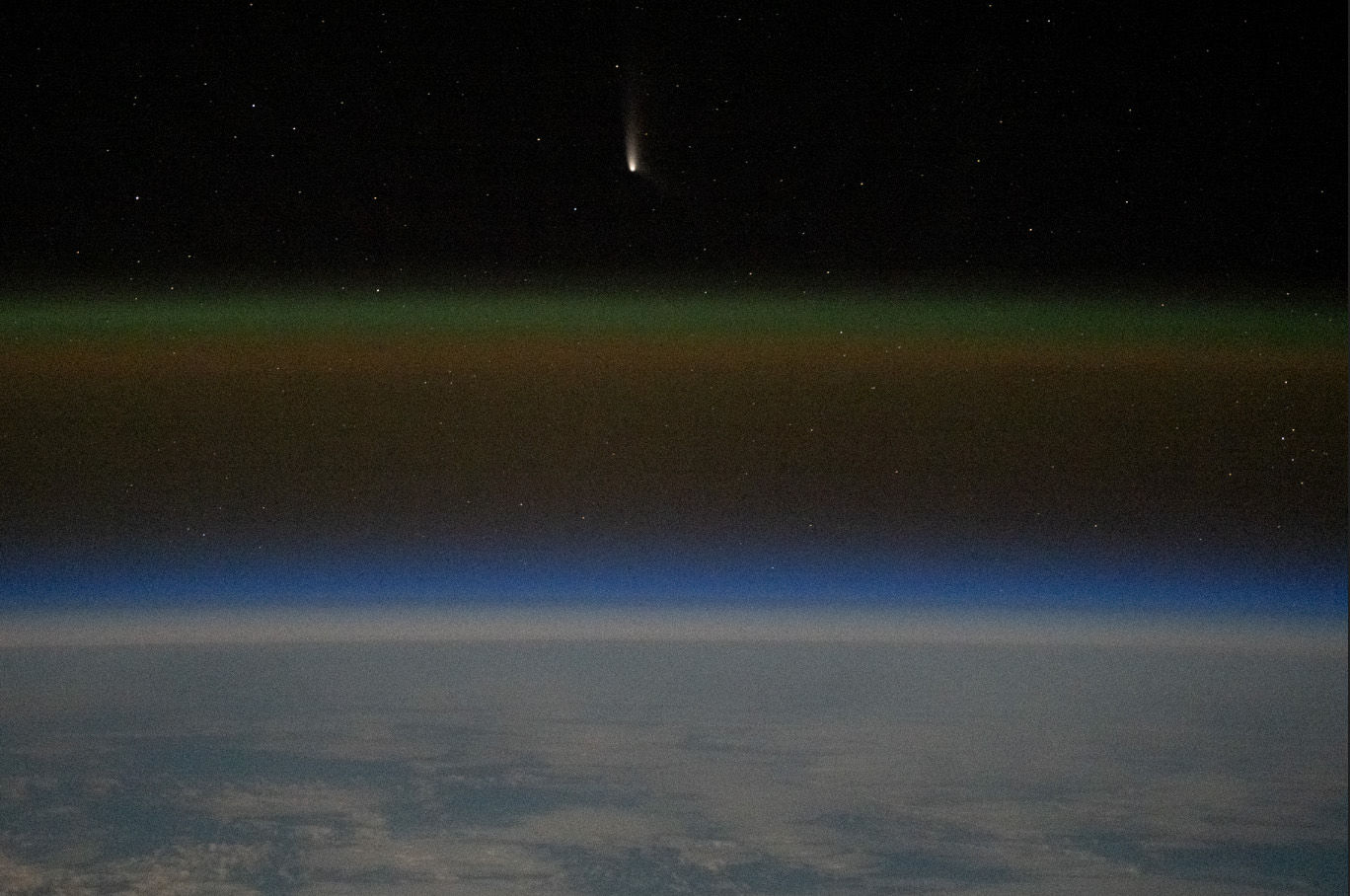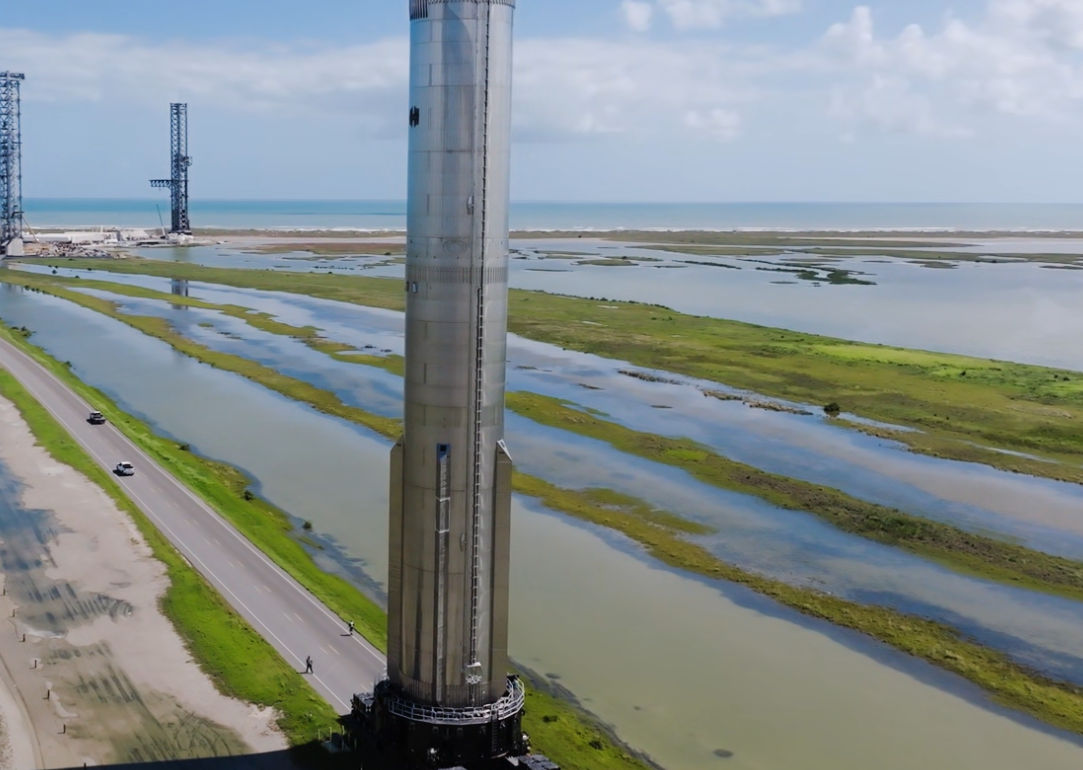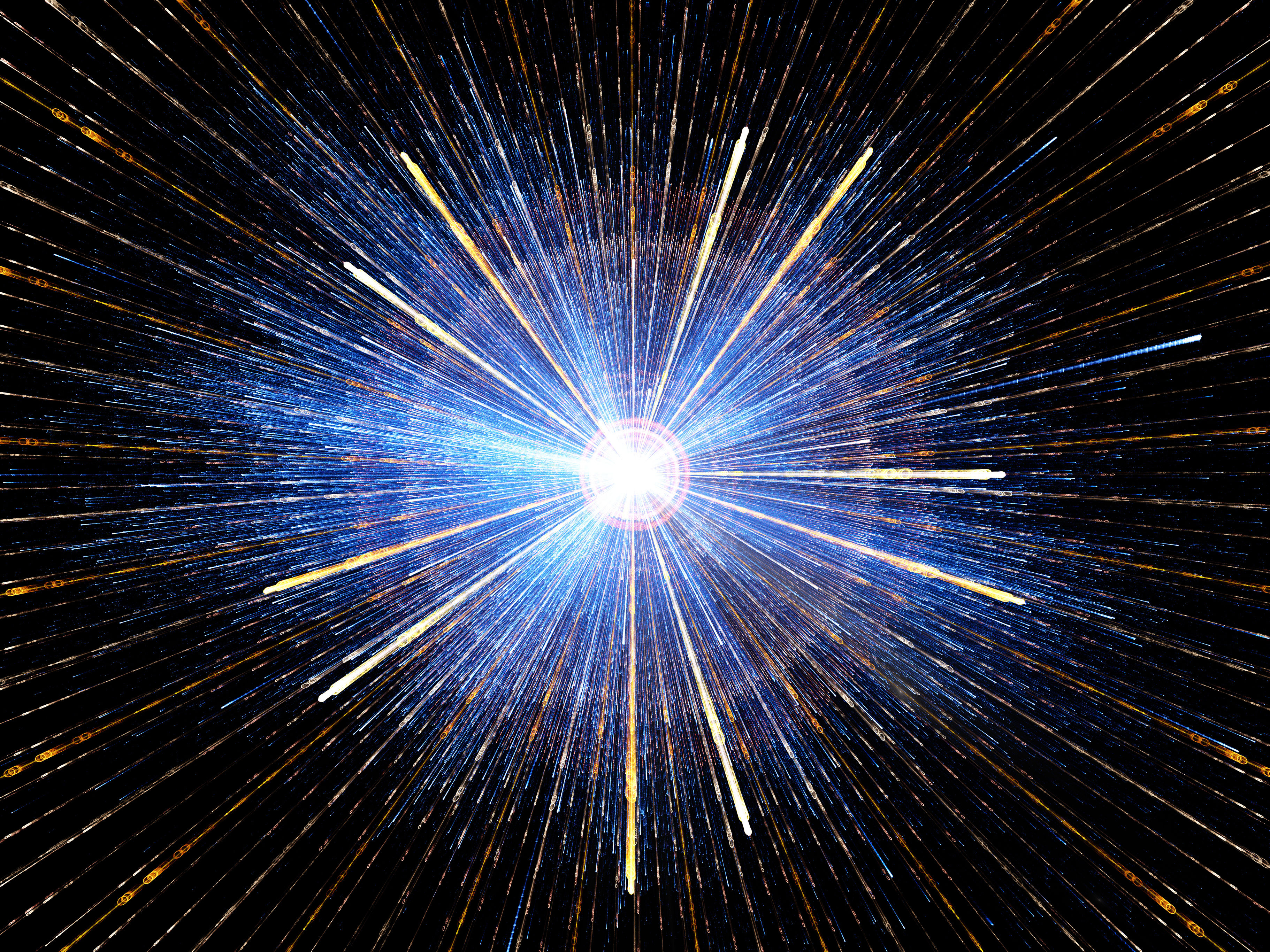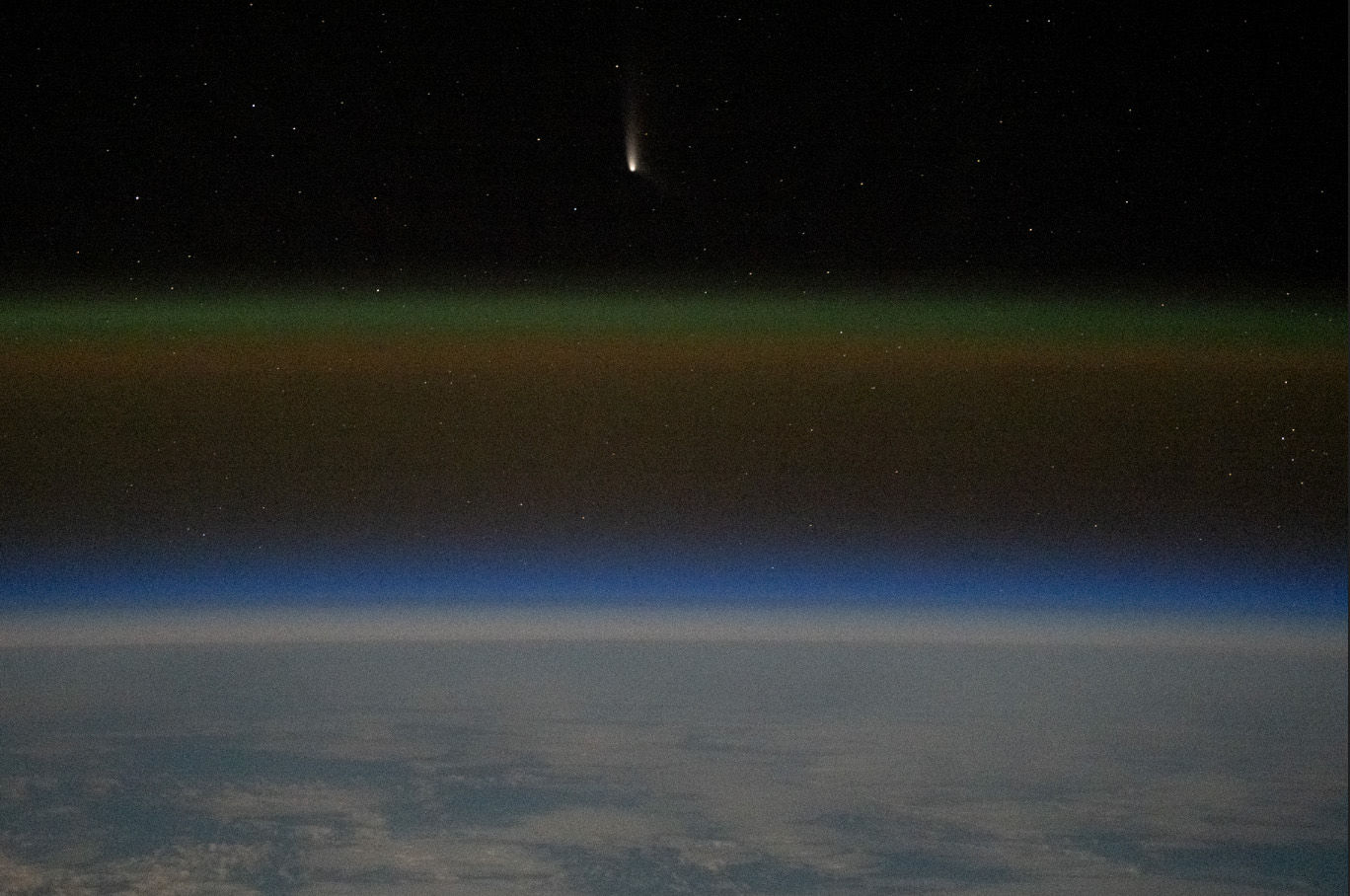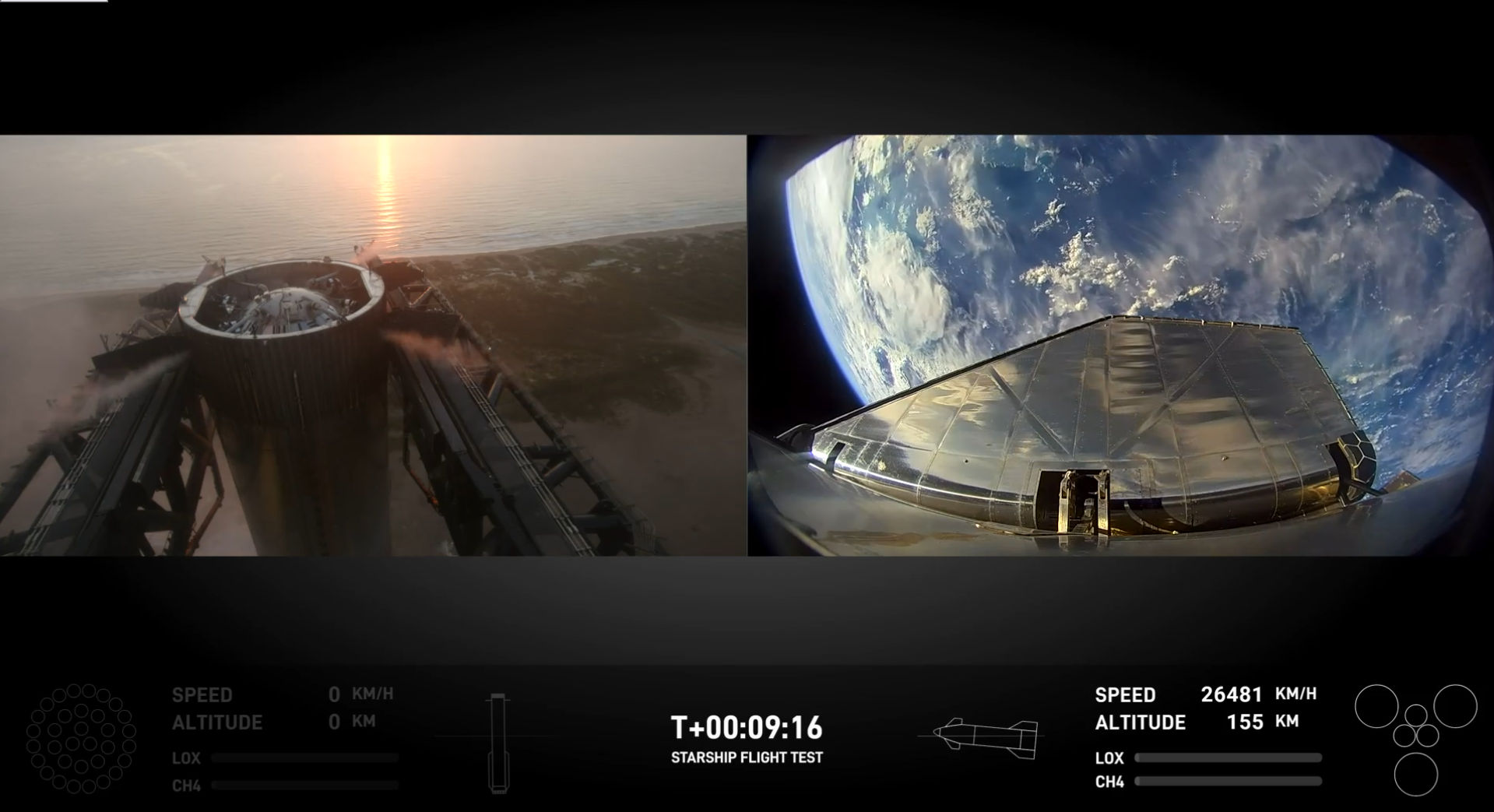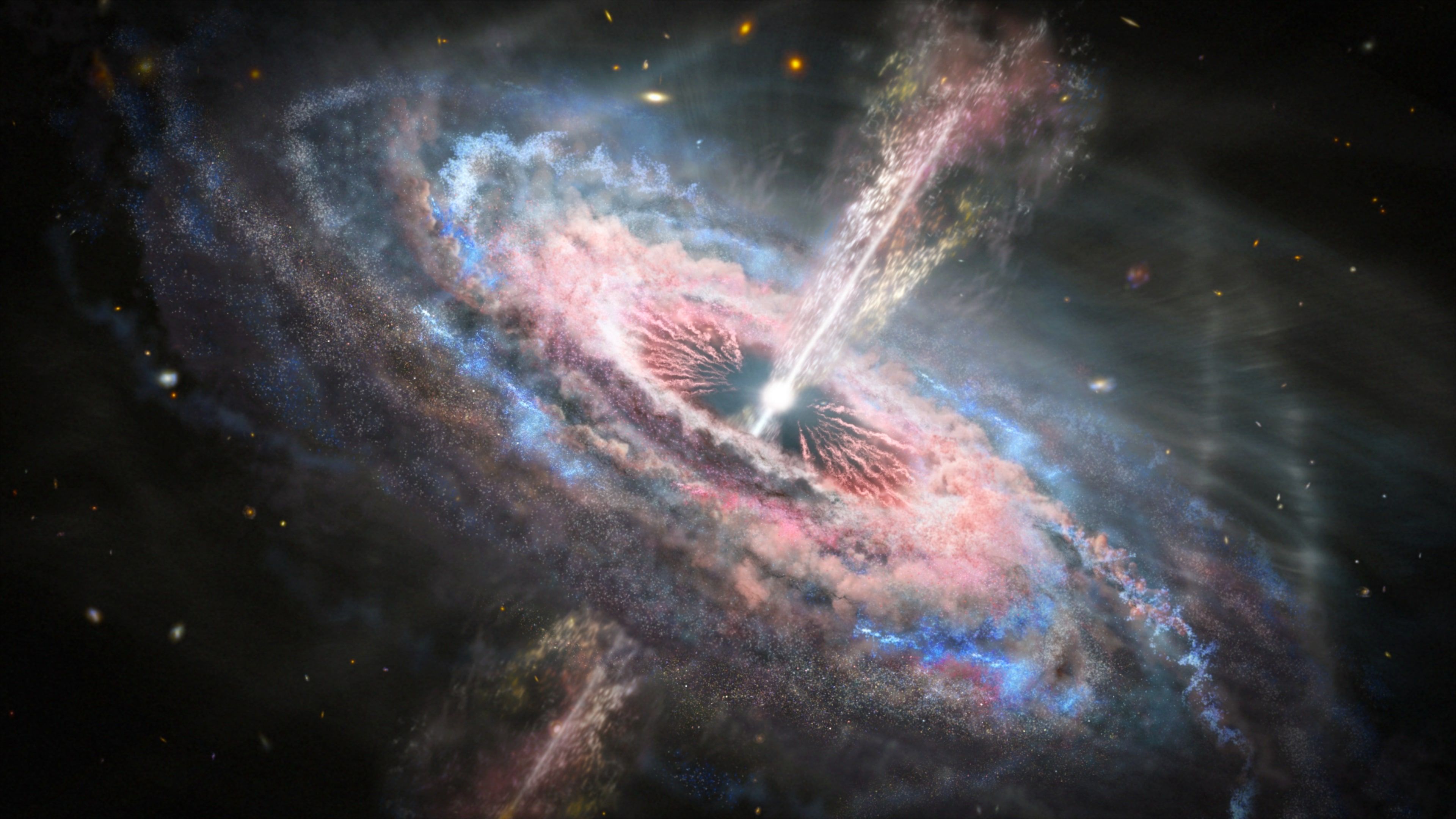Comet C/2023 A3 Tsuchinshan-ATLAS: A Rare Visitor from the Outer Solar System
Comet C/2023 A3 Tsuchinshan-ATLAS: A Rare Visitor from the Outer Solar System
This autumn, astronomy devotees will be treated to a treat as Comet C/2023 A3 Tsuchinshan-ATLAS, an ancient visitor from the outer regions of our solar system, approaches in close proximity. On September 27, 2024, this comet reached its closest point to the Sun, which is referred to as perihelion. On October 12, it came within approximately 70 million kilometers (44 million miles) of Earth. Initially, the comet was predominantly visible to stargazers in the Southern Hemisphere and the Tropics. However, Northern Hemisphere observers began to have improved opportunities to observe the comet after October 8. The journey of the comet has been under observation by astronauts on the International Space Station (ISS). An Expedition 71 crew member captured a remarkable photograph of Tsuchinshan ATLAS as it approached perihelion on September 19, 2024. The image displays the dust tail against the luminous limb and atmospheric layers of Earth. The comet, which was composed of a combination of rock, ice, and dust, was enduring substantial transformations as it approached the Sun on its highly elliptical orbit.
What Happens When a Comet Gets Close to the Sun?
As comets approach the Sun, the rising warmth causes the ice within them to sublimate, or go directly from solid to gas. This process emits dust and gas, generating a luminous coma surrounding the nucleus and producing tails that may reach millions of kilometers into space. Tsuchinshan-ATLAS had a conspicuous dust tail in the image captured from the ISS, extending towards the upper portion of the picture. A weak ion trail was also seen, oriented downward and to the right. The Sun affects the two forms of tails in distinct manners. The heat and pressure of sunlight propel the dust tail away, which frequently curves in the direction of the comet's origin. Conversely, the ion tail develops as solar wind removes ions from the comet's surface, generally extending at a different angle. These dynamic interactions confer a distinctive look to each tail.
The Fragile Fate of Comets: Will They Survive the Sun?
The majority of comets do not endure their passage near the Sun. Their proximity to powerful radiation and gravitational forces may result in their total disintegration. Fortunately, Tsuchinshan-ATLAS survived unscathed from its proximate collision. Conversely, another comet, C/2024 S1 ATLAS, expected to be seen in 2025, may not have experienced the same fortune. Recent findings indicate that it may have disintegrated into smaller fragments.
C/2023 A3 Tsuchinshan-ATLAS and C/2024 S1 ATLAS likely came from the Oort Cloud, a huge, spherical disk of frozen debris at the furthest reaches of our solar system. This area contains several long-period comets with orbits that may last from tens of thousands to millions of years. Tsuchinshan-ATLAS was initially spotted in 2023 by astronomers at China's Tsuchinshan Observatory, sometimes referred to as the "Purple Mountain" Observatory, and by an ATLAS (Asteroid Terrestrial-impact Last Alert System) telescope in South Africa. Its designation pays tribute to both observatories.
Changing Trajectories: Updates on Comet Orbits
Astronomers continue to update comet orbital calculations as fresh observational data becomes available. The lifetime of Tsuchinshan-ATLAS was first expected to be roughly 80,000 years, but the most recent data as of October 14, 2024, reveals that its journey may potentially take it beyond the solar system entirely.
Capturing the Comet from Space
The stunning snapshot obtained on September 19, 2024, by the Expedition 71 crew on the International Space Station delivers not only a visual extravaganza but also vital scientific information. Using a Nikon Z9 digital camera with a 200mm focal length, the astronauts photographed the comet against Earth's bright horizon, revealing a cross-section of the planet's atmosphere. This image was then cropped and modified to boost contrast, with lens artifacts eliminated for a better look.
Image credits: September 19, 2024, images taken by astronauts and cosmonauts can be viewed at the NASA/JSC Gateway to Astronaut Photography of Earth. Credits to Lindsey Doermann
In conclusion, the expedition of Comet C/2023 A3 Tsuchinshan-ATLAS reminds us of our solar system's dynamic and ever-changing nature. Its unusual form provides a window into the past, allowing scientists and the general public to comprehend the ancient origins and complicated activities of these celestial wanderers. The NASA/JSC Gateway to Astronaut Photography of Earth provides access to photographs from the ISS as well as extra astronaut photography for individuals eager to explore the universe.
References & Resources
1. https://earthobservatory.nasa.gov/images/153444/co...
2. The Astronomer’s Telegram (2024, October 9) Possible Disintegration of the Nucleus of Comet C/2024 S1 (ATLAS). Accessed October 10, 2024
3. The Guardian (2024, October 1) Comet last seen in stone age to make closest approach to Earth. Accessed October 10, 2024.
4. Laboratory for Atmospheric and Space Physics, University of Colorado Boulder Comets. Accessed October 10, 2024.
5. NASA Solar System Exploration Comets. Accessed October 10, 2024.
6. NASA Solar System Exploration Oort Cloud. Accessed October 10, 2024.
7. NASA Watch the Skies Blog (2024, October 2) Ancient Oort Cloud Comet to Make First Documented Pass By Earth in Mid-October. Accessed October 10, 2024.
8. Space.com (2024, October 8) The dazzling Comet Tsuchinshan-ATLAS is emerging in the night sky: How to see it. Accessed October 10, 2024

